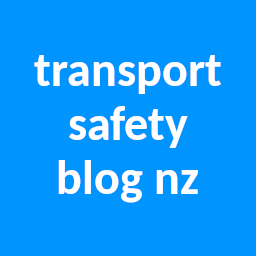On Friday 10th March, the government’s Minister of Transport visited Christchurch to announce that $78 million would be invested into a “revamp” of the Christchurch bus network. This revamp consists of adding extra buses and bus priority measures to just five of the city’s existing bus routes. These are named as the No.1 bus from Rangiora to Cashmere, the No.3 service from Airport to Sumner, the No.5 route from Rolleston to New Brighton, No.7 Hallswell to Queenspark, and the Orbiter route which circles the city. The key element of the plan is to resource just these routes with 100 extra buses to enable a frequency of 7.5 minutes, which means 8 buses per hour in each direction. This is to allow a “turn up and go” service on these routes and the business case is based on increasing the total number of trips from 14 million to 20 million by 2028.
The priority measures, such as bus lanes and traffic light controls, are useful investments by the city council, along with bus shelters, as these are not covered by existing funding measures that are provided by the regional council and central government subsidies. The real question, however, is whether a focus on just five routes which serve only a part of the city, is actually going to deliver the elusive much-sought-after improvement in passenger numbers. Since the 2011 earthquakes, numbers nosedived and it has been a key focus for Ecan to get these restored. However, a lot more happened since 2011. The government which was in power at that time forced a significant cut in routes across the city, by cutting subsidies levels and then capping the maximum level of subsidy payout for a number of years. The alternative narrative therefore is that these route changes should be addressed by bringing the routes back into operation. The following images illustrate these issues graphically:
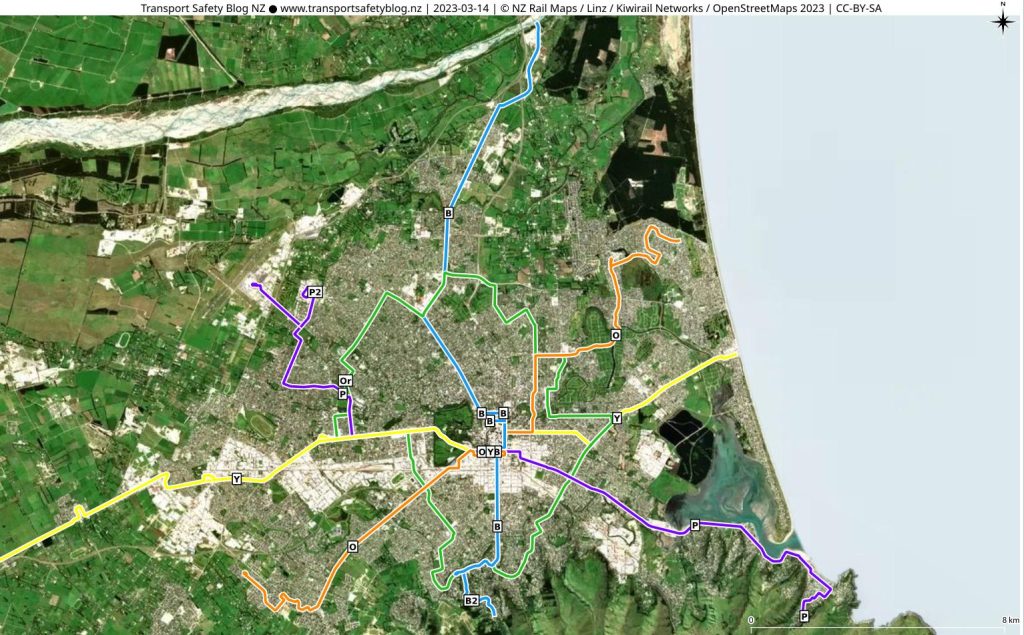
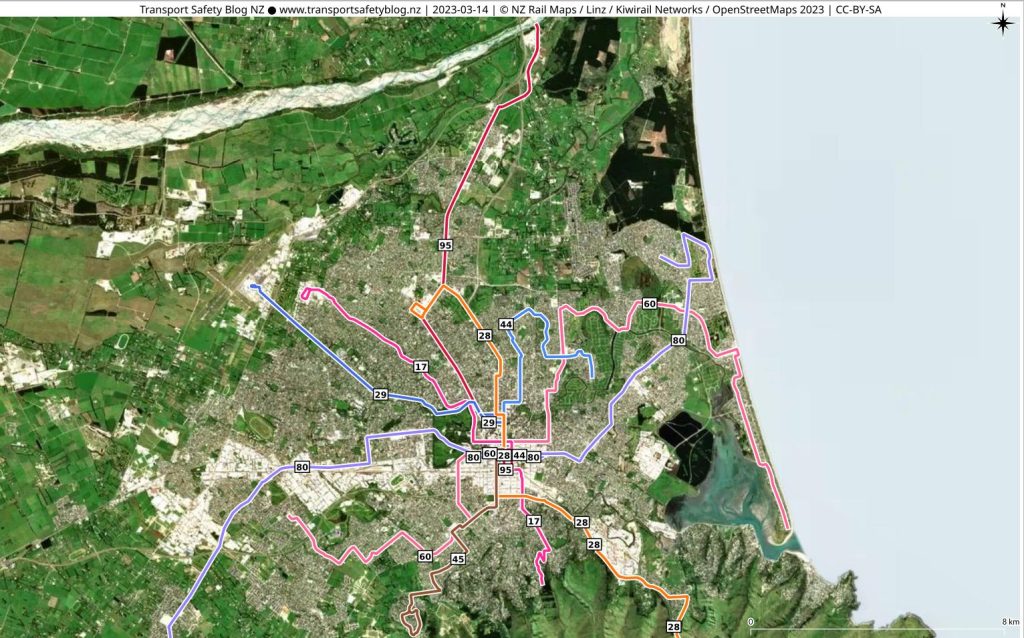
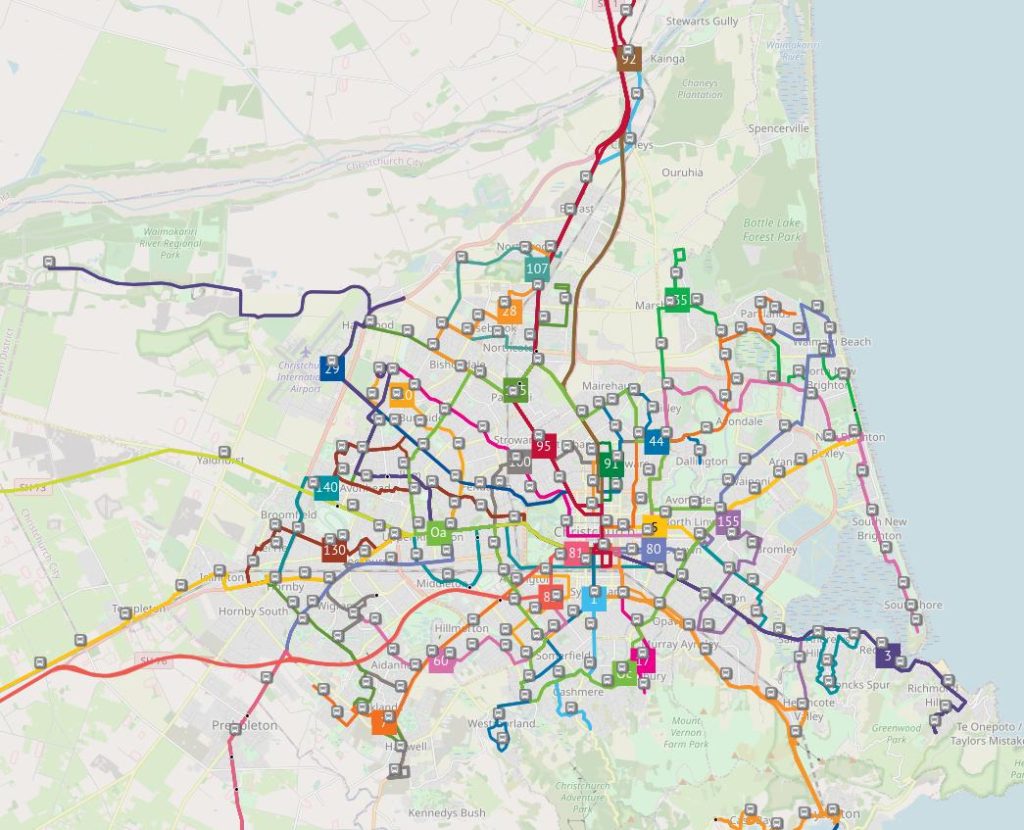
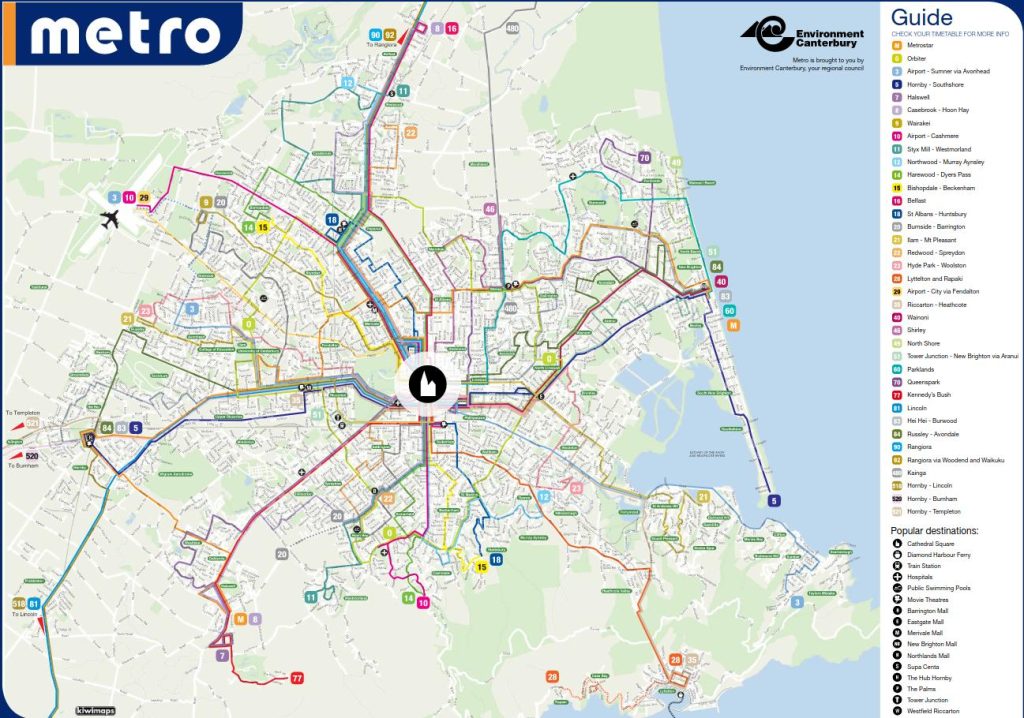
So the really big problem illustrated above is that from 2012, a lot of routes that used to come right into the bus exchange were changed into “spoke routes” under what was then called a “hub spoke” system that meant someone who could previously have travelled 5 km into the city on one bus, was being forced to travel half that distance on a local bus that does not go into the city, and then transfer to a city bound bus. The result is a significant time delay and a lot of inconvenience for bus travellers.
Inasmuch as this new plan does not actually address the problem of the unpopular link routes that do not travel into the bus exchange and force transfers for those that want to go there, it is very underwhelming and disappointing. Moreover, it is looking very much like it is a product of the Greater Christchurch Partnership, which the present government has let itself be talked into because they actually don’t know how to do public transport, and the purpose of the GCP has been to ensure a lot of government money is being spent on public transport within the Christchurch City boundaries, but not a single cent of it on commuter trains that were promised at two consecutive elections. The net result is the public transport system in Christchurch is not being improved, and the City Council has weaponised it against the people of Selwyn District and Waimakariri District by limiting the provision of services to the wider urban area around Christchurch.
